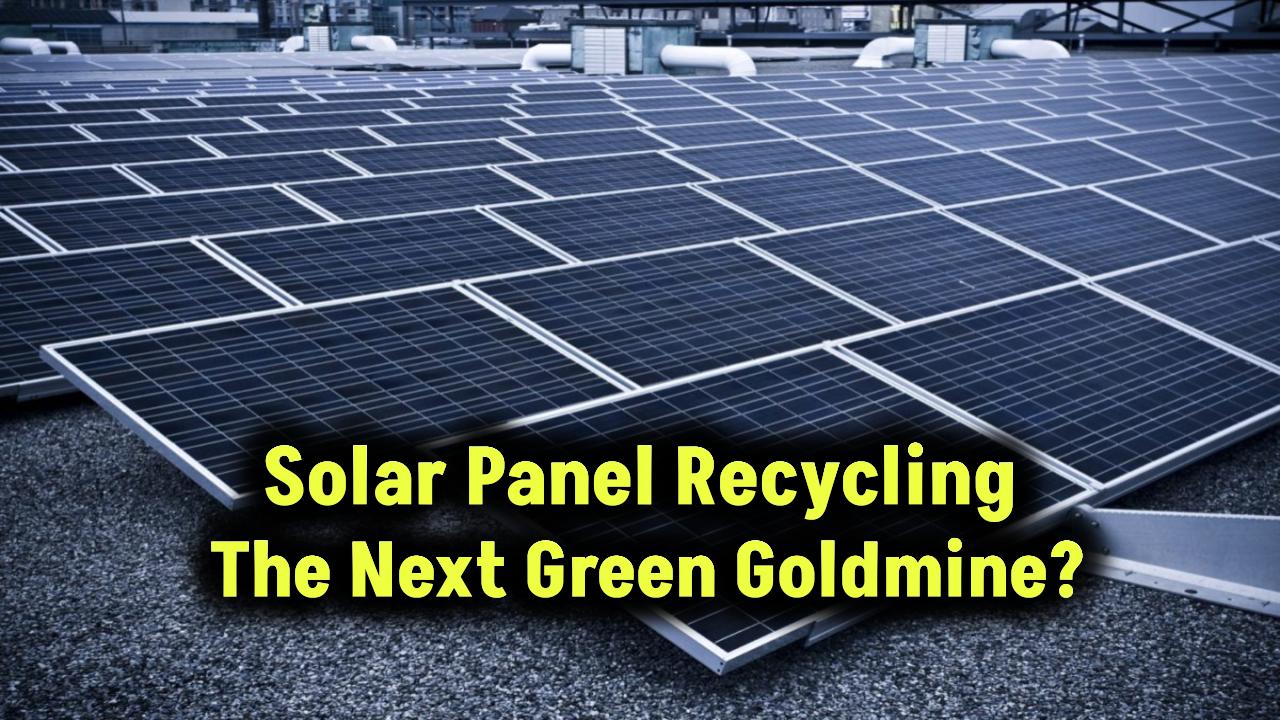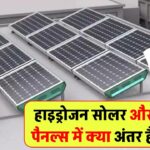
When it comes to choosing the best U.S.-made solar panels in 2025, the market is more exciting and competitive than ever. With increasing demand for renewable energy, federal incentives, and innovations in solar technology, American manufacturers are stepping up with high-quality products that deliver performance, durability, and sustainability. If you’re looking to power your home or business with clean energy, now is the perfect time to invest in panels made right here in the USA.
Whether you’re a homeowner seeking energy independence, a contractor sourcing panels for a large-scale installation, or simply an eco-conscious consumer, this comprehensive guide will help you navigate the top U.S. solar panel manufacturers in 2025. We’ll explore who’s leading the pack, what makes their panels exceptional, and why American-made options are worth your attention.
Also Check: 2kW Solar Setup? Here’s Why It Might Be the Biggest Mistake You Make for Your Home
Why U.S.-Made Solar Panels Matter in 2025
The Inflation Reduction Act (IRA) has changed the game for solar energy in the United States. Under this landmark legislation, solar panel projects using U.S.-made components can qualify for enhanced tax credits of up to 40% total. That’s a major incentive for homeowners and businesses to choose American-made products.
Beyond tax breaks, there are other compelling reasons to support domestic solar manufacturing:
- Shorter supply chains mean faster delivery and reduced delays.
- Higher labor and environmental standards ensure ethical production.
- Energy independence boosts national security.
- Job creation stimulates local economies.
According to the Solar Energy Industries Association (SEIA), the U.S. solar industry employed over 263,000 people in 2024 and is projected to add another 50,000 jobs by the end of 2025.
The Top 5 U.S.-Made Solar Panel Brands in 2025
1. First Solar (Best Overall)
- Type: Cadmium Telluride (CdTe) thin-film
- Headquarters: Tempe, Arizona
- U.S. Plants: Ohio, Alabama, Louisiana (2026)
- Certifications: EPEAT Gold, UL Listed
Why it stands out: First Solar is America’s largest solar panel maker and the global leader in thin-film technology. Its panels excel in hot climates and offer superior low-light performance. Plus, the company operates a full recycling program and a net-zero carbon commitment by 2030.
Best for: Utility-scale and commercial projects
2. Qcells (Best for Residential)
- Type: Monocrystalline silicon
- Headquarters: South Korea (U.S. operations in Georgia)
- U.S. Plant: Dalton, Georgia
What makes Qcells unique is its large-scale commitment to U.S. production. It recently expanded to a 3.1 GW facility, making it a powerhouse for residential and commercial solar projects. Qcells panels are known for high efficiency, sleek design, and EPEAT environmental certification.
Best for: Homeowners and small businesses
3. Canadian Solar (U.S. Operations)
- Type: Monocrystalline
- U.S. Facility: Texas (5 GW capacity)
Though headquartered in Ontario, Canadian Solar’s U.S. plant significantly contributes to domestic content compliance. Their panels feature high wattage output, typically ranging between 420W-450W, and excellent durability ratings.
Best for: Budget-conscious buyers who want domestic sourcing
4. Illuminate USA (by LONGi Solar)
- Type: Monocrystalline
- U.S. Plant: Ohio
- Capacity: 5 GW
A partnership between a U.S. entity and Chinese giant LONGi, Illuminate USA brings best-in-class solar cell tech to American soil. The Ohio facility supports the U.S. solar ecosystem with reliable, efficient panels.
Best for: High-efficiency projects with tight margins
5. T1 Energy (by Trina Solar)
- Type: Monocrystalline
- U.S. Location: Texas
- Capacity: 5 GW
T1 Energy is Trina Solar’s move into U.S. manufacturing. Their panels are reliable, high-output, and designed for the North American climate.
Best for: Residential and commercial installers looking for top-tier performance
Also Check: UK Households Rushing for 7kW Solar Systems – Find Out Why Before Prices Surge Again
What to Look for When Choosing U.S.-Made Solar Panels
1. Efficiency
Higher efficiency means more electricity from the same roof space. Look for panels with 20% or higher efficiency, especially in limited spaces.
2. Durability & Warranty
Choose products with a 25-year performance warranty and strong weather resistance (hail, wind, and snow ratings).
3. Certifications
Look for UL listing, EPEAT, and Energy Star certifications to ensure quality and environmental responsibility.
4. Eligibility for Incentives
Ensure your solar panels qualify for the IRA’s Domestic Content Bonus for additional savings.
5. Panel Aesthetics
Homeowners often prefer all-black or sleek panel designs that blend into the roof for improved curb appeal. Brands like Solaria and Qcells offer attractive options.
6. Installer Reputation
Work with certified installers who have NABCEP credentials and solid local references to ensure proper installation and warranty compliance.
Real-World Example
Meet the Gonzalez family in Austin, Texas, who installed a Qcells solar system in early 2025. Thanks to federal tax credits, local incentives, and using American-made panels, they saved 40% off their installation. Their monthly utility bills dropped from $230 to under $50, and their home value increased by 4%.
Trends to Watch in 2025 and Beyond
Domestic Supply Chain Expansion
U.S. solar manufacturers are onshoring more production of cells, wafers, and inverters to meet domestic content thresholds and reduce reliance on foreign suppliers.
Battery Integration
More homeowners are pairing solar with home battery storage systems like the Tesla Powerwall or Enphase IQ Battery to boost energy independence and reliability.
Smart Solar Systems
Advanced monitoring and AI-enabled inverters allow for real-time system tracking, fault detection, and optimized energy output, especially in microgrid applications.
Agrivoltaics and Bifacial Panels
Innovations like bifacial panels (which generate power from both sides) and agrivoltaics (solar farms that coexist with agriculture) are gaining traction for land-efficient power generation.
(FAQs)
Q1: Are U.S.-made solar panels more expensive?
Not necessarily. With tax incentives and improved supply chains, U.S.-made panels are price competitive in 2025.
Q2: Do American solar panels perform better?
Panels from top U.S. brands offer comparable or better performance due to advanced technology and rigorous standards.
Q3: How do I know if a panel qualifies for the domestic content bonus?
Check manufacturer documentation or consult your installer. Also visit Energy.gov for official guidance.
Q4: Can I combine federal and state solar incentives?
Yes! Federal tax credits, local rebates, and net metering can be stacked for maximum savings.
Also Check: How Long Before Solar Panels Pay for Themselves? Here’s the Easy Way to Calculate!









